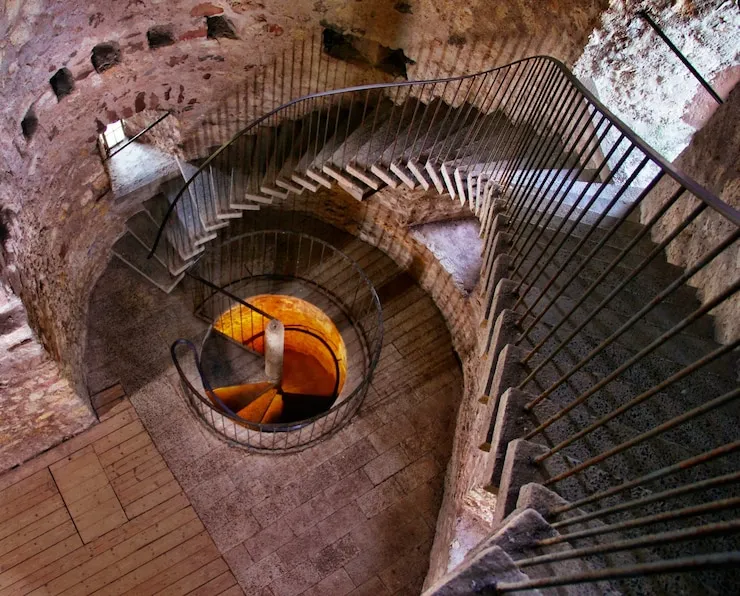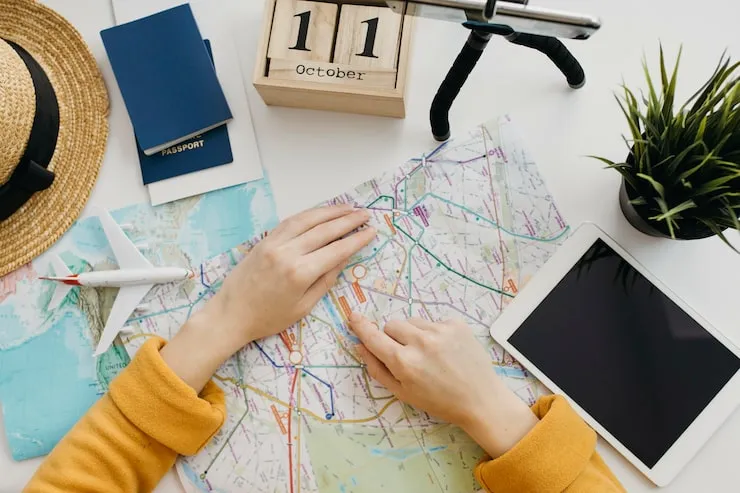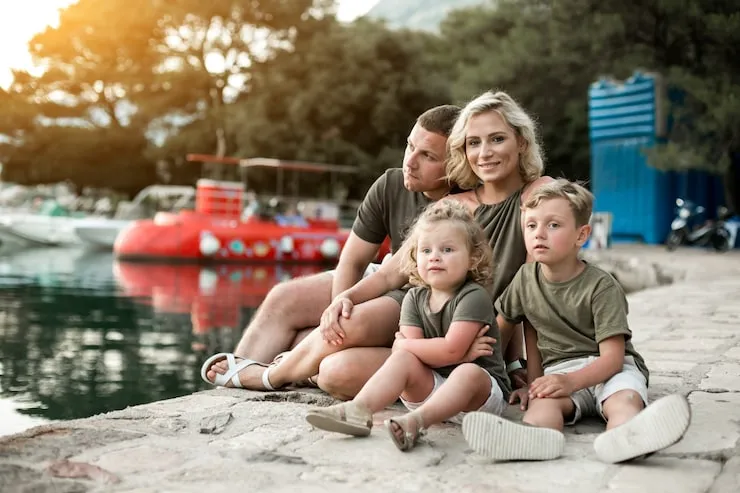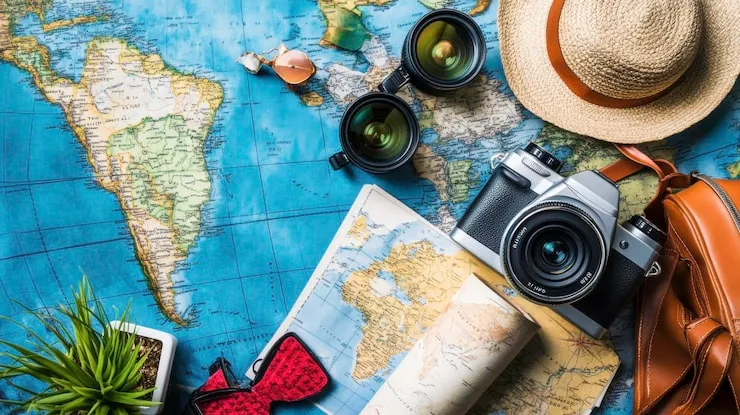It’s 2025, and Gujarat’s spiritual side isn’t hiding anymore. It’s not about giant temple crowds or loud religious fairs—though they’re still part of it. It’s in the silence, in earth walls, in the corners of old stone wells, in people’s morning routines. If you’re tired of fast-paced tourism, loud speakers, and picture-taking, Gujarat offers a very different kind of journey now. A slower one. A grounded one.
People are waking up to something real. Pilgrims, solo travelers, old couples, foreigners—they’re not just chasing photos anymore. They’re looking for peace, meaning, a connection. Gujarat gives that in strange, small ways. Through stepwells that are quiet but deep, villages that invite you in, and paths where your feet hurt but your heart feels lighter.
Stepwells: Not Just Holes in the Ground
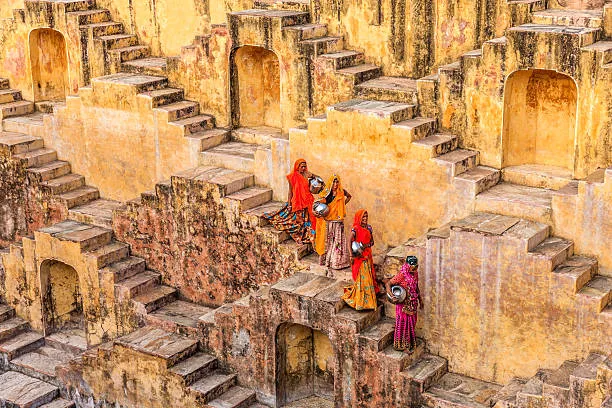
First off. You might have passed by one without knowing what it really was. Some are hidden behind markets or fields, not even fenced. But walk down the steps, and it feels like entering another world. The temperature drops. The noise above disappears. And for a moment, you forget which year it is.
The Adalaj Vav, built in the 15th century, sits calmly near Ahmedabad. Not flashy. But those carved walls? They tell stories. Gods, flowers, symbols… all hand-chiseled by people long gone. It’s not just architecture. It’s layered emotion. Some folks just sit there in silence. Some whisper mantras. Others listen to their own thoughts.
Then there’s the Queen’s Stepwell in Patan. Bigger. More famous. Touristy, yes—but it still holds power. It’s deep. Literally. As you go down, past the sculptures, it doesn’t feel like just a monument. It feels lived in. Sacred, somehow. Not in-your-face sacred. Just… present. These places weren’t just for water. They were for cooling off, praying, pausing. That’s what they still do, if you let them.
Read Also: Perfect Weekend Getaways Near Chandigarh for a Quick Escape
Staying with Strangers Who Feel Like Family
Next up—homestays. But not the polished, brochure-ready ones. The real kind. Where the roof leaks a bit in the rain, the food is made on a stove that looks like it’s from another decade, and your bed is a thin mattress on a wooden cot. And yet—it’s perfect.
Villages in Kutch, Dang, and Banaskantha are opening up, slowly. Not for business, but for bonding. You stay with a family. You eat what they eat. You wake when they do. Morning starts with cowbells, not phone alarms. You drink chai out of steel tumblers and maybe help draw water from a hand pump.
There’s no schedule. Maybe you’ll walk to a small shrine nearby. Maybe you’ll join the family in an evening prayer. Maybe you’ll just sit and watch the sunset with an old uncle who doesn’t speak your language, but nods like you’ve known each other forever.
This is slow travel, yes. But more than that—it’s spiritual in the simplest way. It shows you how little you need to feel full.
Walking, Not Driving, to Feel the Sacred
Back in the day, people used to walk to temples. Long distances. No buses. No bikes. Just legs, willpower, and devotion. That’s returning in Gujarat.
People now do the Ambaji to Pavagadh journey—walking through fields, dusty roads, village stops. No big hotels. Just halts under trees, shared meals, songs, foot massages with mustard oil. It’s hard, but freeing.
And the Girnar steps—oh boy. Over 9000 of them. Starting early, sometimes before sunrise. People climb slowly. Some barefoot. Some carrying offerings. By the time you reach the top, breathless and sweaty, it doesn’t feel like achievement. It feels like surrender. There’s wind up there. And silence. And the kind of view that makes you forget Instagram. These aren’t hikes. They’re inner journeys. The pain in your legs becomes part of the prayer.
Food That’s Not Just Food
In cities, food is about taste and trends. In spiritual Gujarat, food is part of the feeling. Temple prasad—often khichdi, ghee, sugar bits, tulsi leaves—feels like a blessing, not a meal. It’s humble. But people close their eyes before eating it.
In village homes, you get rotla (millet flatbread), buttermilk, green chili chutney, and lentils cooked slow. No fancy spices. Just fire, patience, and care. And maybe a story from your host about how they learned to cook from their mother. That story will stay with you longer than the taste.
Even chaas—spiced buttermilk—is not just a drink. It’s a ritual. You sip it under the afternoon sun, sitting on a woven mat, with nothing else to do. It cools your body and your mind.
Festivals That Whisper Instead of Shout
Navratri is great—dance, music, glitter. But the soul of Gujarat’s spiritual life lies in quieter festivals.
Shivratri at the foot of Girnar is still. People don’t party. They sit. They chant. They wait. Some stay up all night with nothing but a candle and some thoughts.
Janmashtami in a small village near Dwarka feels different from the big cities. Kids dress up as Krishna, but it’s not for stage photos. It’s for fun, for family. Songs are sung without mics. Devotion doesn’t need speakers.
Even Diwali in the tribal regions is quieter. A few diyas. Maybe one string of lights. People pray before they eat. There’s a kind of joy in simplicity that you can’t explain until you see it.
The Small Things That Matter Most
Sometimes it’s not the big temples or the big rituals that change you. It’s the small stuff. An old woman tying a red thread on a neem tree. A man folding his hands before cutting vegetables. A kid drawing a rangoli with his finger in the dust. A cow standing silently outside a roadside shrine, waiting like everyone else. These things don’t get captured in photos. But they stick in your memory like smells from childhood.
Read: Top 10 Family-Friendly Destinations to Visit Near Mumbai in August
The New Kind of Pilgrim in 2025
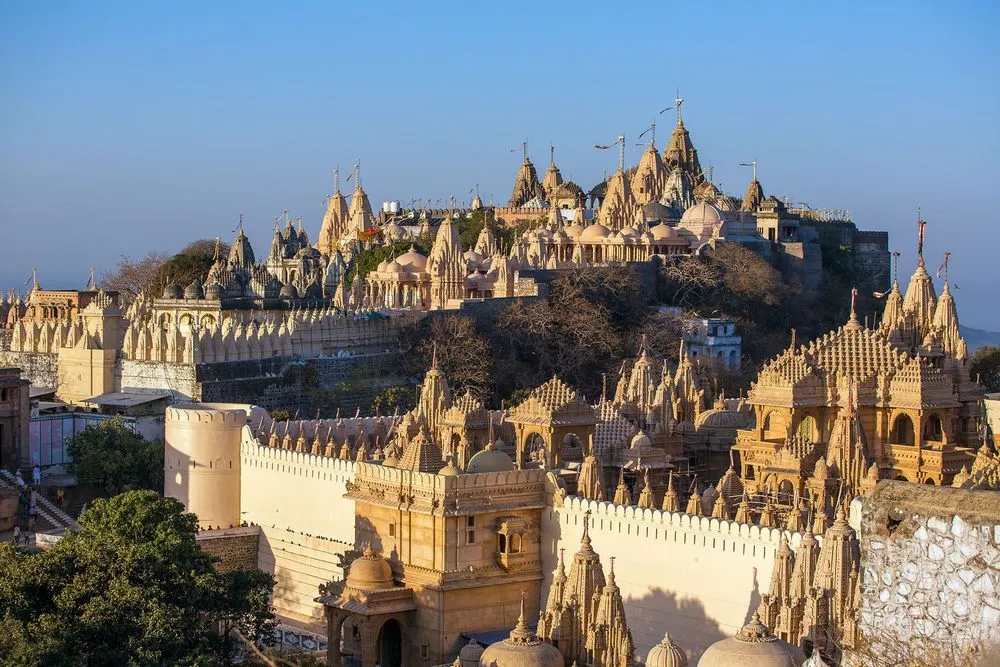
They don’t all wear saffron. Some wear jeans. Some carry notebooks. Some don’t believe in everything. But they feel something. They come for answers. Or just for stillness. Or because life got too loud. Gujarat offers that space. It doesn’t push. It doesn’t package. It just opens up. And if you’re ready to look—really look—you’ll find something. Not always what you expected.
If You Go, Go Slowly
Spiritual Gujarat isn’t about temples you’ve seen in calendars. It’s about stories, silences, steps, and shared tea.
Go without plans. Let the roads surprise you. Stay longer than you meant to. Talk less than you usually do.
Let the stepwells echo, let the villages teach, let the pilgrimage paths hurt a little, and let the sky remind you how small we are. You won’t return with souvenirs. You’ll return with something better.



